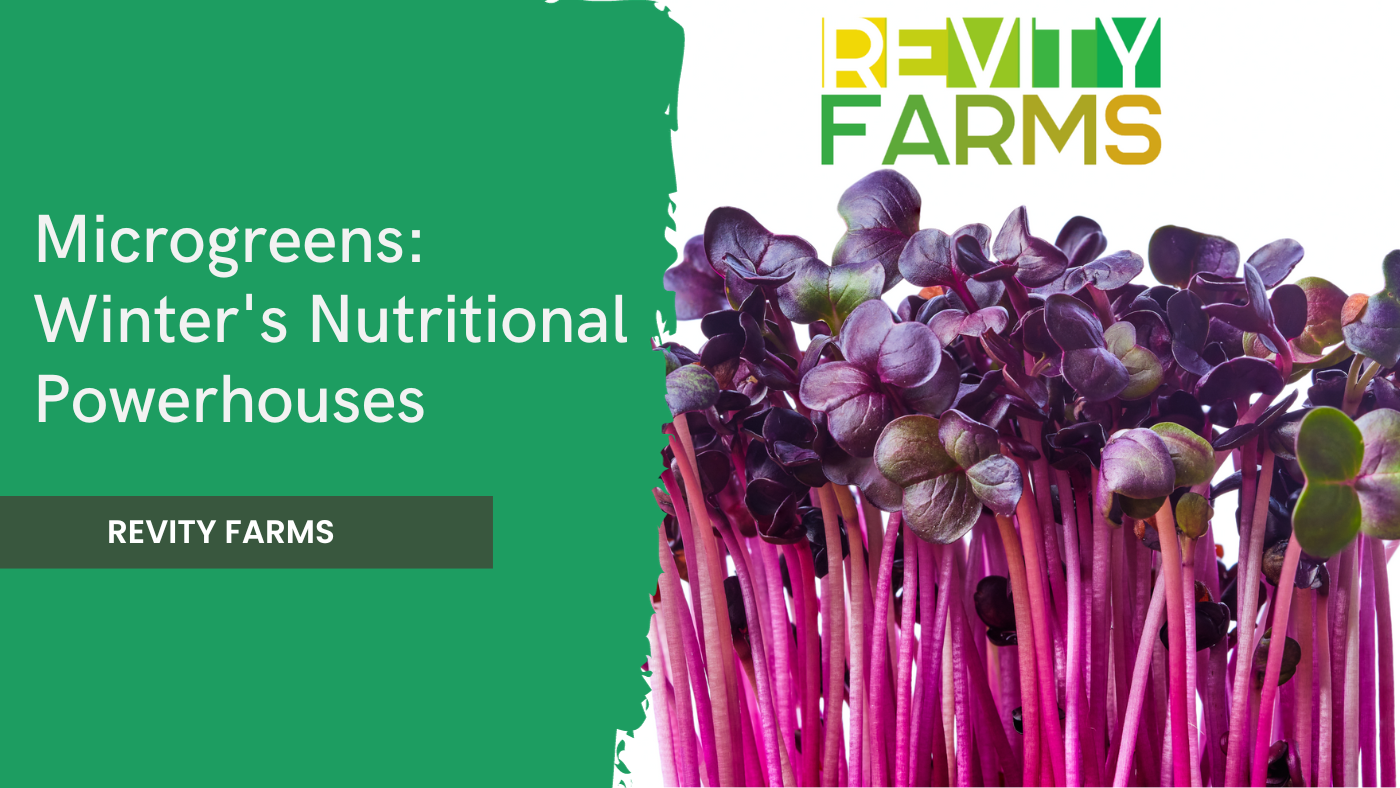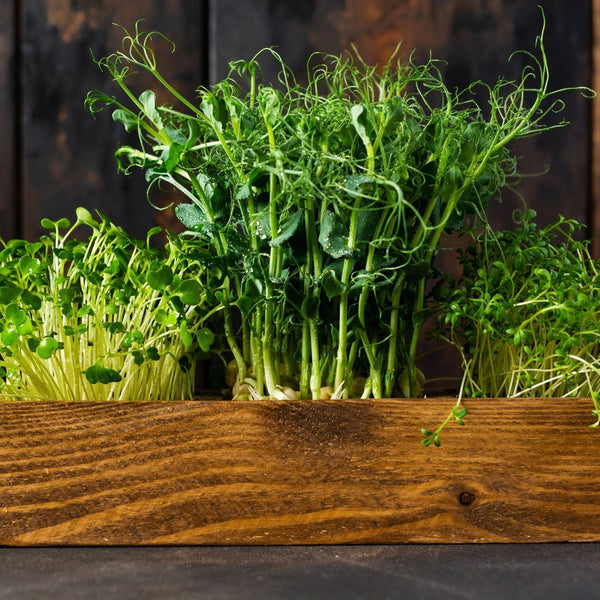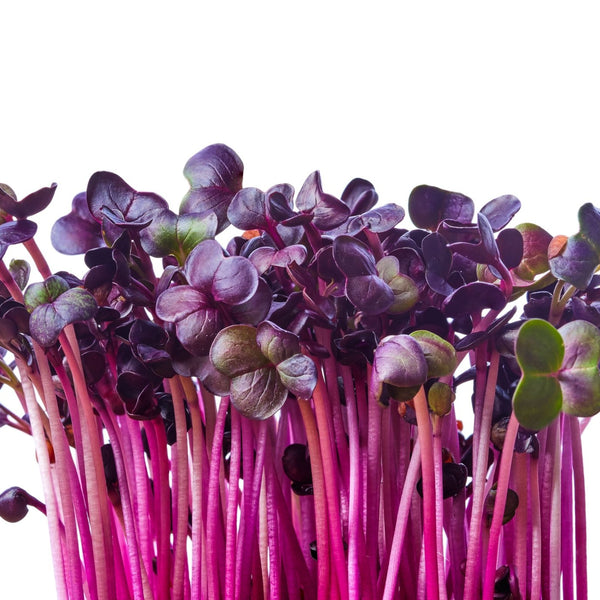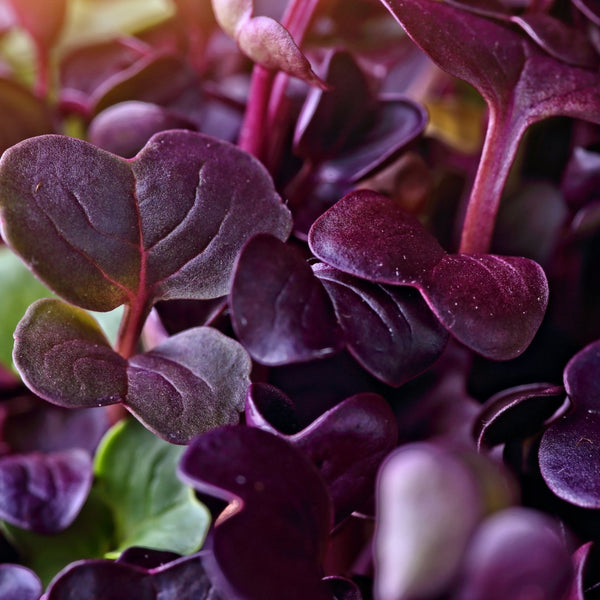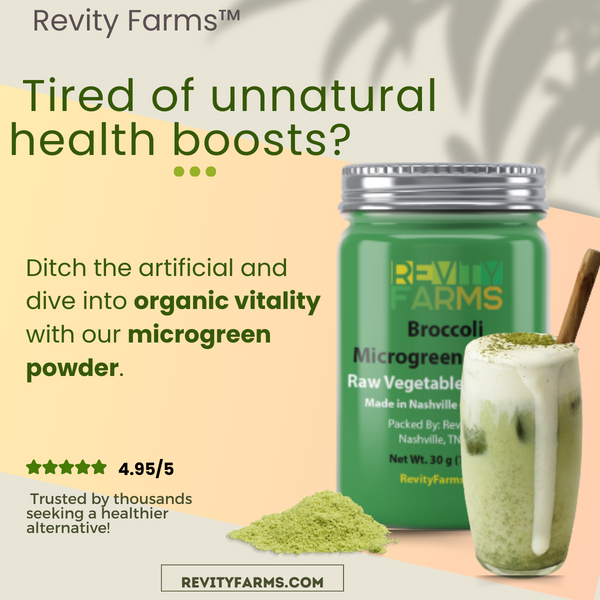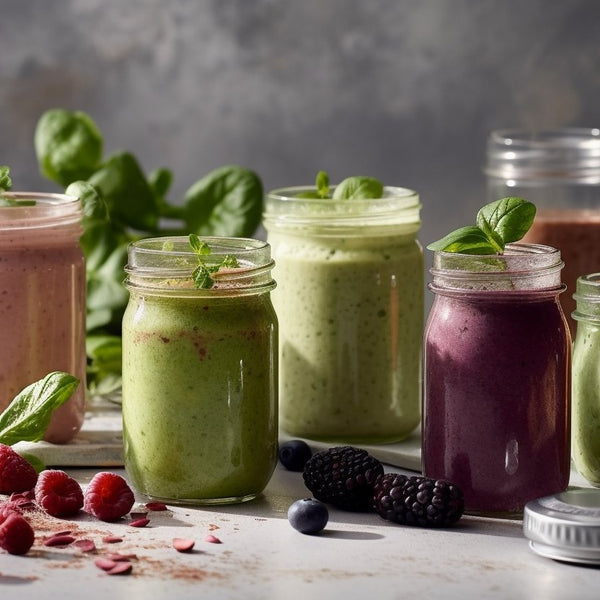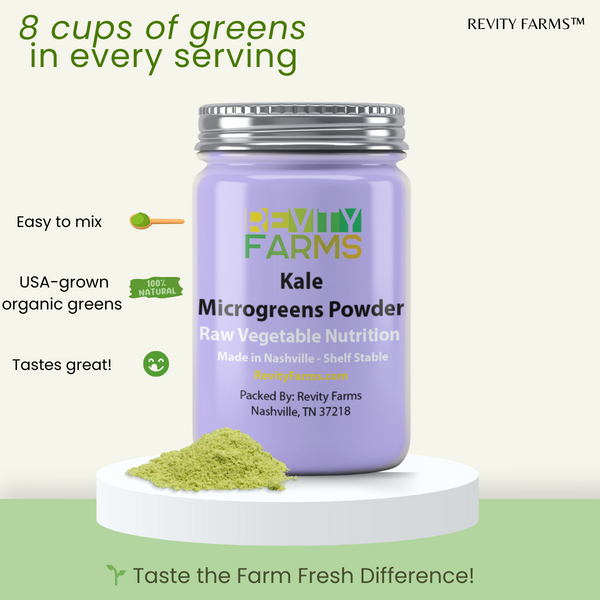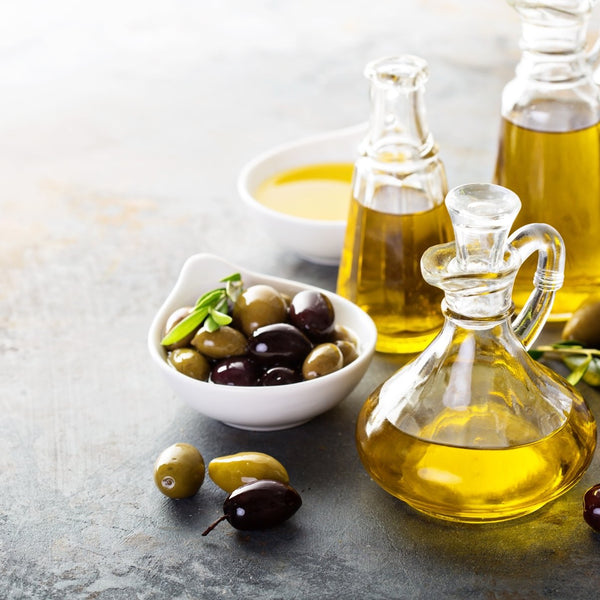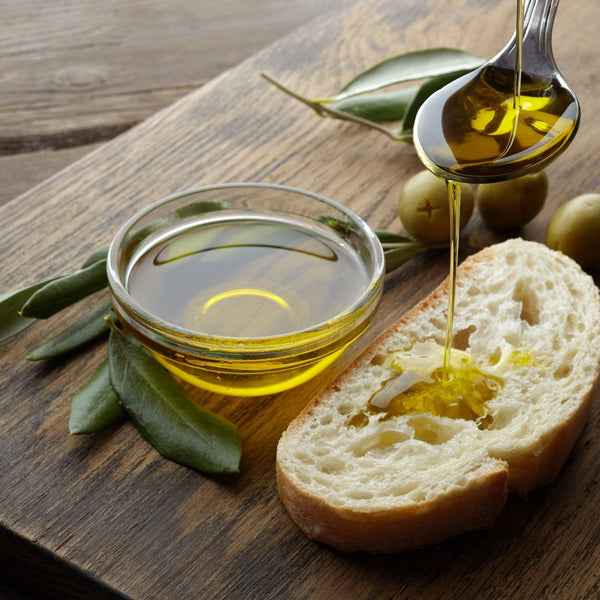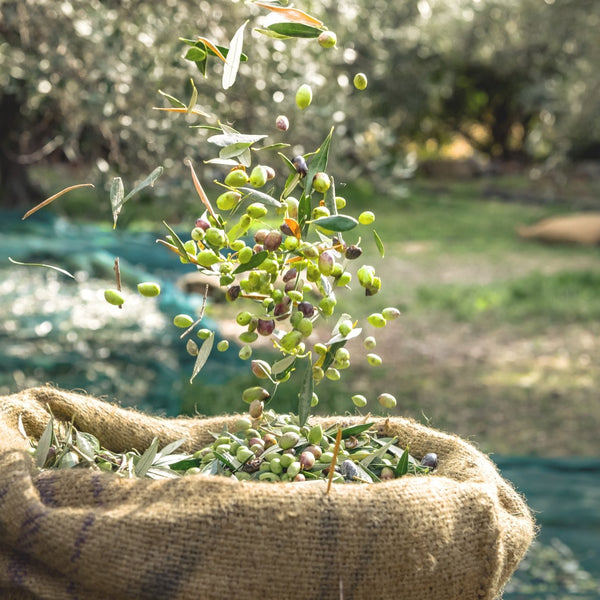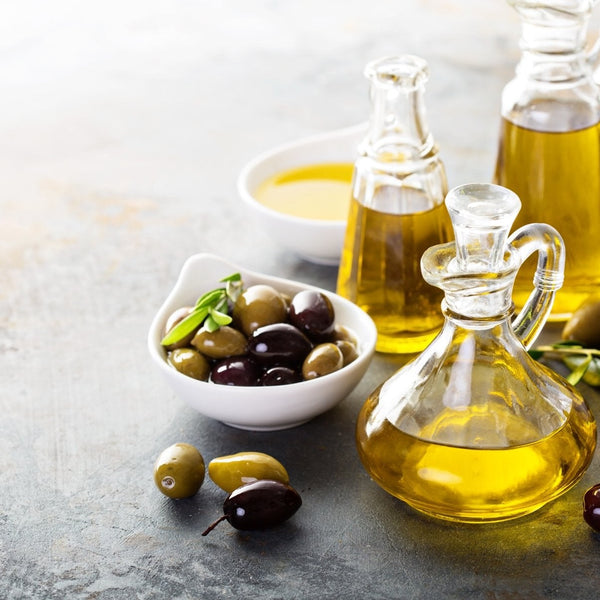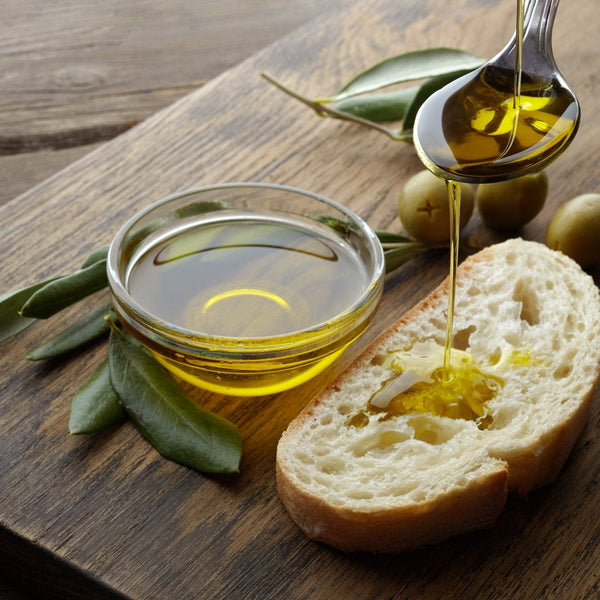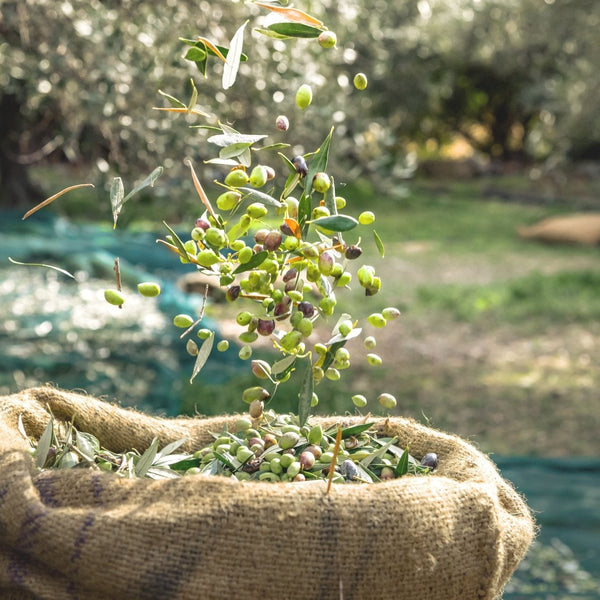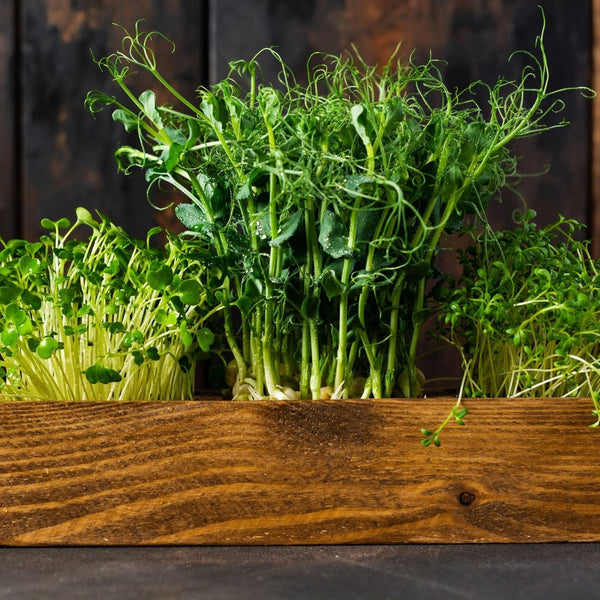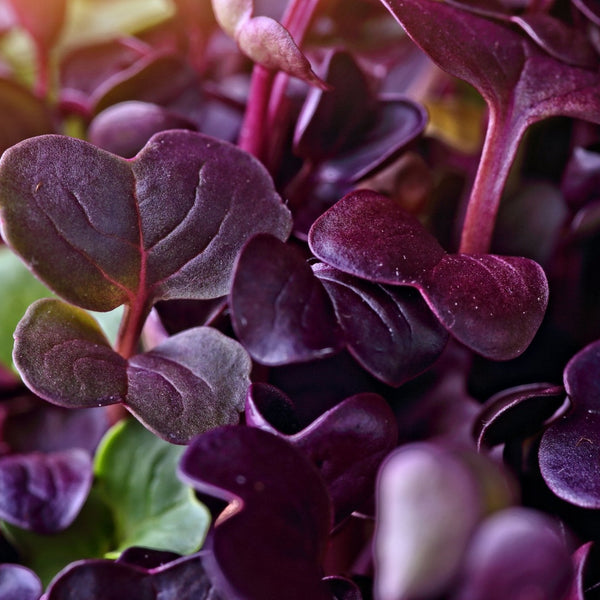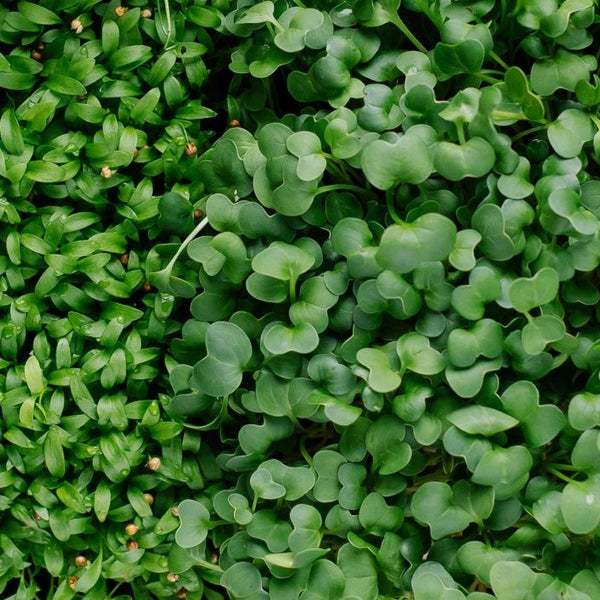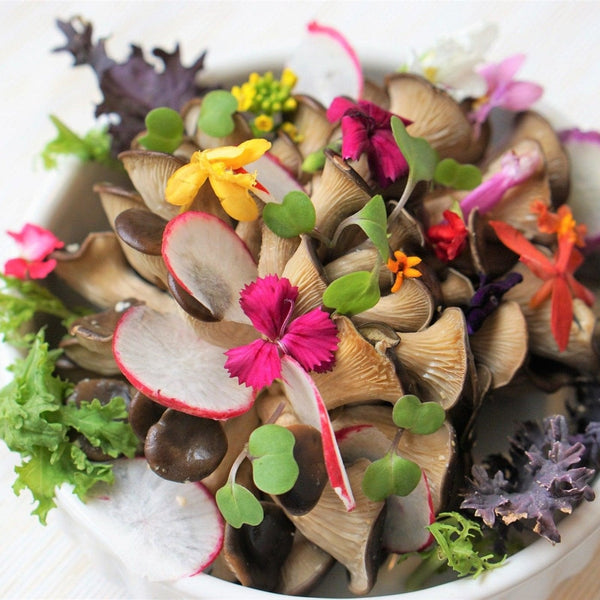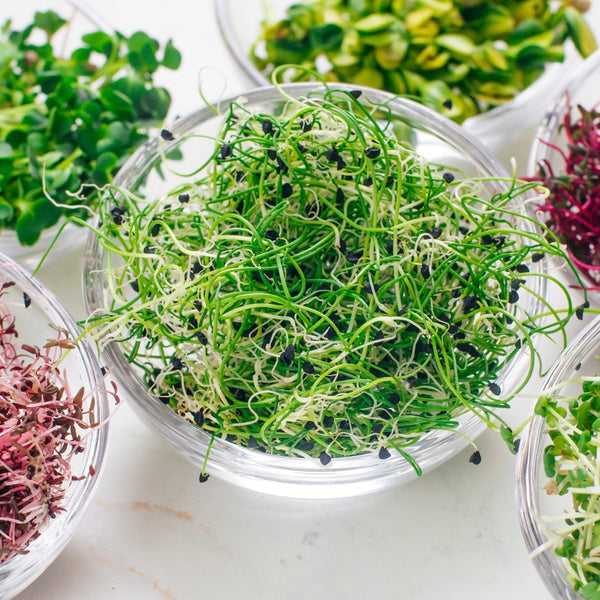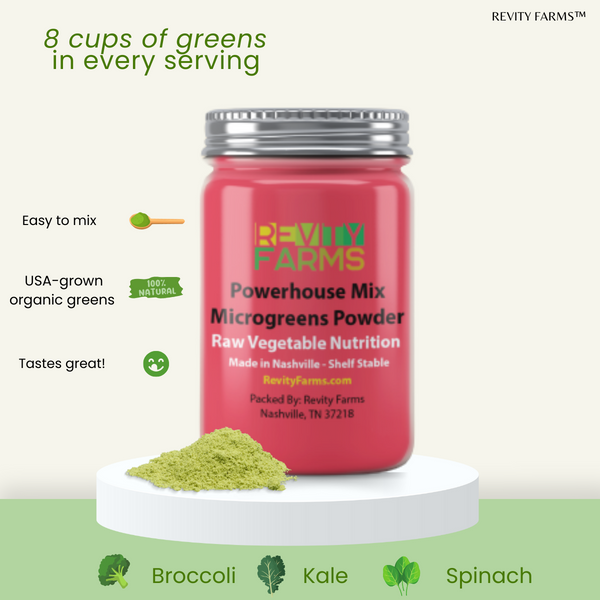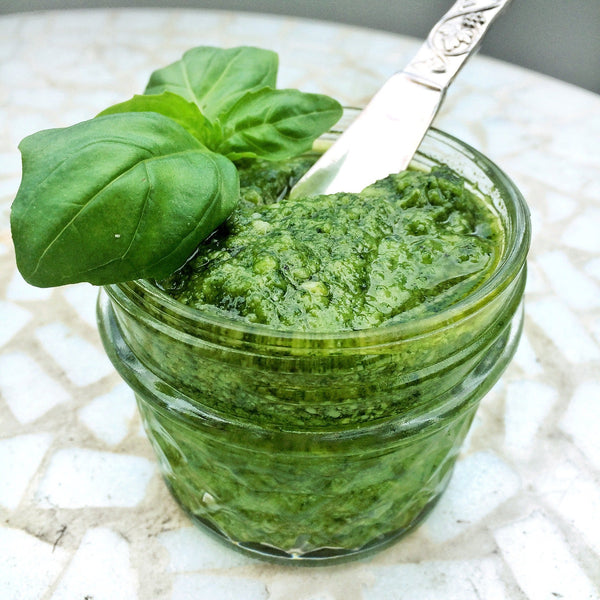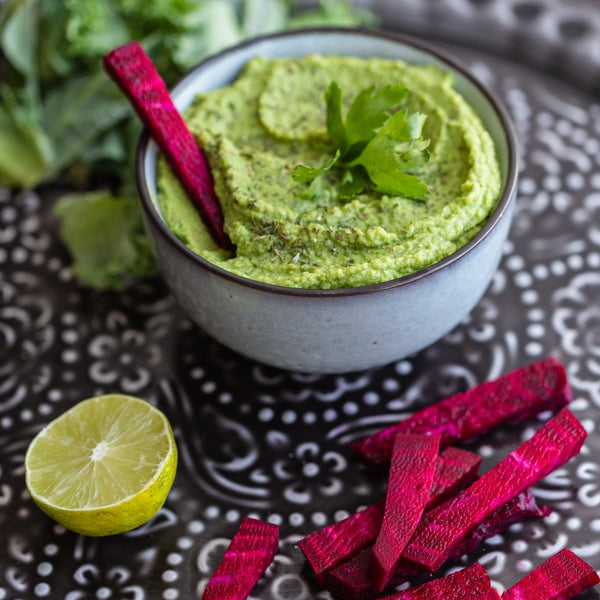As the days grow colder and the nights longer, many of us find ourselves craving fresh, nutritious produce to combat the winter blues. While winter might seem like a challenging time for fresh vegetables, there's a small yet mighty contender that packs a powerful nutritional punch - microgreens.
These tiny, edible greens, harvested just after the first true leaves (cotyledons) have developed, are not only vibrant and flavorful but also rich in vitamins, minerals, and other beneficial compounds.
Their relevance in winter nutrition is paramount, especially when other fresh produce might be scarce or less nutrient-dense due to off-season imports. Whether you're a health enthusiast or just someone looking for a sprinkle of green in your winter meals, understanding the value of microgreens can revolutionize your diet during the colder months.
What are Microgreens?
Microgreens, often mistaken for sprouts, are young edible plants harvested at the cotyledon stage, just after the first true leaves emerge. Unlike sprouts which are grown in water and consumed entirely (root, seed, and shoot), microgreens are grown in soil or a similar medium and only the aerial parts (stems and leaves) are consumed. This early stage of growth allows them to retain a concentrated amount of nutrients, making them highly beneficial for health.
There's a wide variety of microgreens available, ranging from familiar vegetables like broccoli, radish, and arugula to herbs like basil and cilantro. Each variety has its unique flavor, from the peppery bite of mustard greens to the mild and nutty taste of sunflower shoots. Their vibrant colors and distinctive tastes make them a favorite in gourmet dishes, but they are increasingly becoming a staple in everyday meals due to their numerous health benefits.
General benefits of microgreens extend beyond just nutrition. They are a versatile food that can be grown year-round, regardless of the season. This means that even in the heart of winter, one can have access to fresh, locally grown produce. Additionally, due to their compact size, they are perfect for urban dwellers who might not have the luxury of a garden but wish to cultivate their fresh greens.
Nutritional Benefits
Microgreens are not just a trendy culinary garnish; they are nutritional powerhouses. These young greens might be small in size, but they are packed with essential vitamins, minerals, and bioactive compounds that play crucial roles in overall health and wellness.
Studies have shown that microgreens often contain higher concentrations of nutrients than their mature counterparts. For instance, red cabbage microgreens have been found to have up to six times the vitamin C content of mature red cabbage. Similarly, garnet amaranth microgreens boast higher concentrations of vitamin K, vitamin E, and other essential nutrients.
Vitamins and Minerals
Microgreens are a rich source of various vitamins and minerals that are fundamental for body functions. For instance:
- Vitamin C: An antioxidant that aids in skin health, wound healing, and boosts the immune system. Found in abundance in broccoli, radish, and mustard microgreens.
- Vitamin K: Essential for blood clotting and bone health. Amaranth and basil microgreens are particularly rich in this vitamin.
- Iron: A vital mineral for blood health and energy production. Lentil and chickpea microgreens are excellent sources of iron.
- Calcium: Crucial for bone strength and nerve signaling. Fenugreek and arugula microgreens offer a good dose of calcium.
Antioxidants
Antioxidants play a significant role in neutralizing free radicals, which are harmful compounds that can cause cellular damage leading to chronic diseases. Microgreens are loaded with antioxidants like polyphenols, flavonoids, and carotenoids. Varieties like clover, daikon radish, and sunflower are especially high in these compounds. Consuming a diet rich in antioxidants can help reduce the risk of diseases like heart disease, certain cancers, and age-related macular degeneration.
By incorporating organic microgreens into one's diet, individuals can reap a multitude of health benefits from these tiny greens. Their dense nutrient profile supports everything from bone health to immune function, making them an ideal addition to any meal.
Including Microgreens in Your Diet
Incorporating microgreens into your daily meals is an excellent way to enhance both the flavor and nutrition of your dishes. With their concentrated flavors and vibrant colors, microgreens can elevate the simplest of meals to gourmet status. Moreover, they are versatile and can be included in various dishes, ranging from main courses to drinks. Whether you're looking to add a punch of flavor or a boost of nutrients, microgreens are your go-to choice.
Salads and Sandwiches
One of the easiest ways to include microgreens in your diet is by tossing them into salads or layering them in sandwiches:
- Microgreen Salad: Mix together a variety of microgreens such as radish, mustard, and beet greens. Drizzle with olive oil, a squeeze of lemon, a sprinkle of sea salt, and some crumbled feta cheese for a refreshing and nutrient-packed salad.
- Sandwich Layer: Use microgreens as a replacement or in addition to lettuce in your sandwiches. Their peppery, tangy, or even spicy flavors can enhance the overall taste of your sandwich. Whether it's a classic BLT, turkey club, or vegan wrap, a handful of microgreens can make all the difference.
Smoothies and Juices
Microgreens are not just restricted to solid foods; they can be an excellent addition to your morning smoothie or juice:
- Green Smoothie: Combine a handful of microgreens (like kale or spinach microgreens), a banana, some Greek yogurt, chia seeds, almond milk, and a touch of honey in a blender. Blend until smooth for a nutritious and tasty start to your day.
- Microgreen Juice: If you own a juicer, try juicing microgreens with other veggies like celery, cucumber, and a bit of apple for sweetness. The result is a nutrient-dense drink that's both refreshing and beneficial for your health.
Including microgreens in your diet doesn't require a major shift in your eating habits. It's all about getting creative and experimenting with different combinations. The more you use them, the more you'll appreciate their distinct flavors and the nutritional boost they provide.
Tips and Tricks for Success with Microgreens
Growing and incorporating microgreens into your diet can seem daunting at first, especially if you're new to gardening or cooking with these tiny greens. However, with a few handy tips and tricks, you can ensure successful cultivation and make the most of these nutritional powerhouses in your meals.
Perfecting the Growing Process
- Consistent Moisture: While microgreens are hardy, they thrive best when the soil is consistently moist. Using a spray bottle to mist the soil daily helps maintain the right level of moisture without waterlogging the roots.
- Optimal Light: Microgreens don't necessarily require a lot of sunlight, but they do prefer a consistent light source. Placing them near a south-facing window or using LED grow lights can promote even growth.
- Air Circulation: To prevent fungal growth, it's essential to ensure good air circulation around your microgreens. Positioning a small fan nearby or regularly aerating the soil can make a difference.
Making the Most of Microgreens in the Kitchen
- Storing: Once harvested, rinse your microgreens gently under cold water, pat them dry with a paper towel, and store them in a sealed container in the refrigerator. They usually last up to 5-7 days.
- Experimenting with Flavors: Don't be afraid to mix and match different types of microgreens in your dishes. Combining spicy radish microgreens with the mild flavor of sunflower can offer a unique taste experience.
- Cooking: While microgreens are often eaten raw to retain their nutrient content, you can also sauté or stir-fry them lightly. Add them at the end of the cooking process to preserve their delicate textures and flavors.
Incorporating these tips and tricks into your microgreen journey can ensure successful growth and allow you to savor the rich flavors and nutritional benefits of these greens. Whether you're a seasoned gardener or a culinary enthusiast, there's always something new to learn and enjoy when it comes to microgreens.

The Environmental Impact of Microgreens
In an era where sustainable living is gaining momentum, microgreens emerge as not only a nutritional powerhouse but also as a sustainable choice for both growers and consumers. Understanding their environmental footprint can encourage more individuals to adopt them as part of their daily meals and gardening routines.
Low Resource Requirement
Microgreens are unique because they don't require extensive resources to grow. In comparison to fully matured vegetables:
- Water Efficiency: Microgreens require less water since they are harvested just a few weeks after germination. Their short growth cycle means they consume a fraction of the water needed for mature plants.
- Space Conservation: Given their diminutive size, microgreens can be grown densely in small spaces. For urban dwellers with limited gardening space, this is a game-changer.
- Speedy Growth: With most varieties ready to harvest in 2-4 weeks, there's no long waiting period. This rapid turnover ensures that soil and other resources are used efficiently.
Reduction in Carbon Footprint
Growing your microgreens can have a positive impact on reducing the carbon footprint associated with food transportation. When you cultivate and consume microgreens locally:
- Decreased Transportation: Since microgreens can be grown at home or locally, there's a reduction in the need for long-distance transportation. This, in turn, decreases carbon emissions from vehicles.
- Lower Refrigeration Needs: Freshly harvested microgreens can be consumed immediately, reducing the need for prolonged refrigeration, which consumes energy.
Biodegradable Waste
The entire lifecycle of microgreens is eco-friendly:
- Organic Waste: After harvesting, the remaining plant material can be composted, returning valuable nutrients to the soil and eliminating the need for chemical fertilizers.
- Sustainable Packaging: When purchasing microgreens, seek out suppliers that use sustainable or biodegradable packaging to further reduce plastic waste.
Incorporating microgreens into your lifestyle not only benefits your health but also plays a part in promoting a sustainable environment. Their minimal environmental impact, combined with their dense nutritional profile, makes them a smart choice for those looking to eat healthily and sustainably.
FAQs
1. What are microgreens exactly? Microgreens are young edible plants, harvested just after the first true leaves, known as cotyledons, have developed. They are not to be confused with sprouts, which are germinated seeds. Microgreens are more mature than sprouts but younger than full-grown plants.
2. Are microgreens the same as sprouts? No, while both are young plants, sprouts are germinated seeds that are eaten whole, including the seed, root, and stem. On the other hand, microgreens are harvested just above the soil line and do not include the seed or root.
3. How long do microgreens take to grow? The growth period for microgreens varies based on the type of plant. Typically, they can be ready for harvest in as little as 7 days, with some varieties taking up to 21 days.
4. Do microgreens have a higher nutritional value than mature plants? Yes, studies have shown that microgreens can contain up to 40 times the nutritional value of their mature counterparts. This is because all the energy and nutrients a plant needs to grow are concentrated in its early stages.
5. How do I store harvested microgreens? After harvesting, gently rinse the microgreens and pat them dry with a paper towel. Store them in a container or plastic bag with a paper towel inside to absorb excess moisture. They should be kept in the refrigerator and typically last about 5-7 days.
6. Can I grow microgreens outdoors? While microgreens are commonly grown indoors due to the controlled environment, they can also be grown outdoors. However, they may be more susceptible to pests and weather conditions.
7. Are there any potential health risks with microgreens? As with any fresh produce, there's a risk of contamination from bacteria if not properly handled and washed. However, growing them at home allows you better control over their environment. Always ensure they are washed thoroughly before consumption.
8. Can I regrow microgreens after the first harvest? Most microgreens are harvested once. However, some varieties, like cilantro or fennel, can regrow after the initial harvest, though the second growth might not be as robust.
9. Why are my microgreens falling over or not growing uniformly? This can be due to various factors, including insufficient light, overcrowding, or uneven watering. Ensure they receive adequate light, give them enough space, and maintain consistent moisture.
10. How can I add flavor to my dishes using microgreens? Microgreens offer a burst of flavor and can be used in a variety of dishes. Experiment by adding them to salads, sandwiches, wraps, and even smoothies. Different microgreens have unique flavors, ranging from spicy to nutty, so there's a lot to explore in the culinary world!
